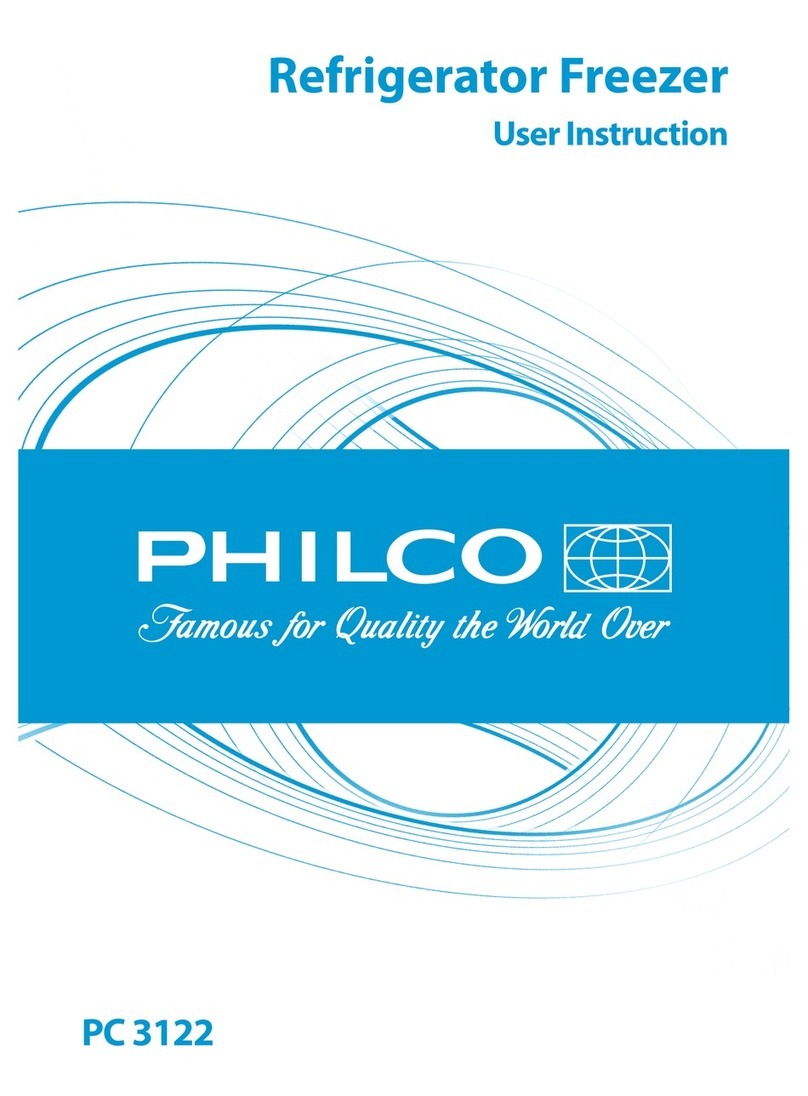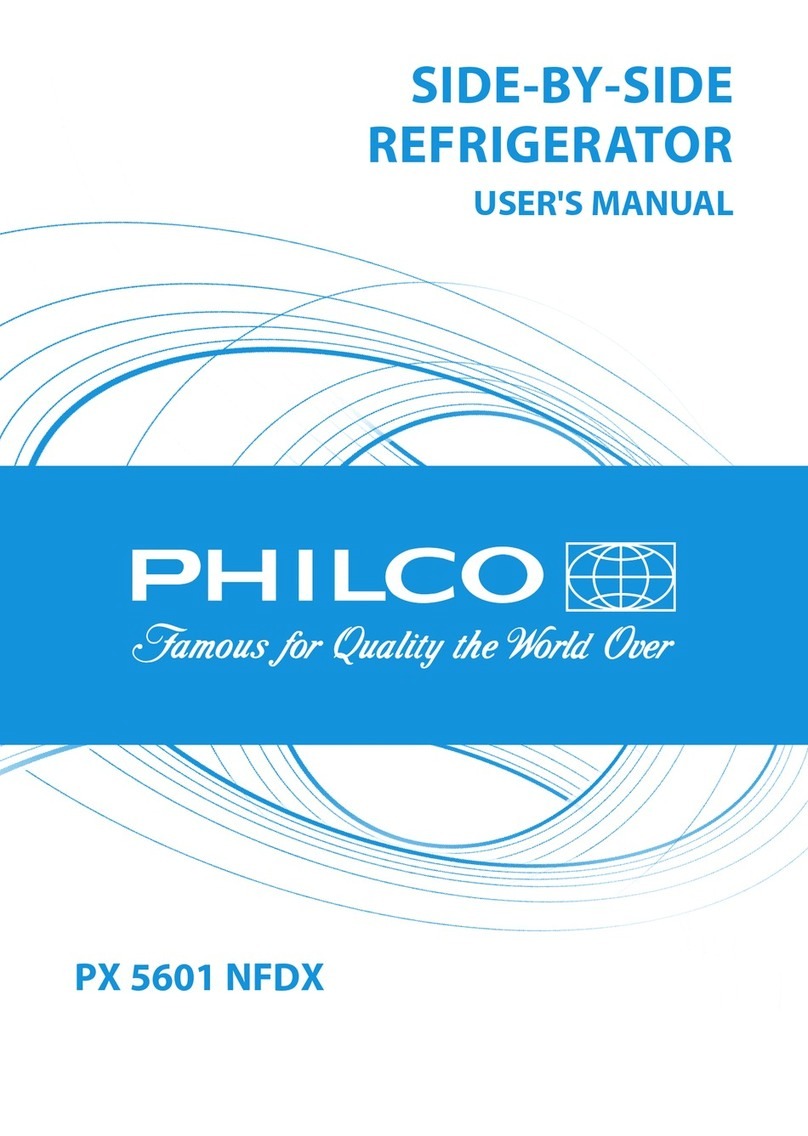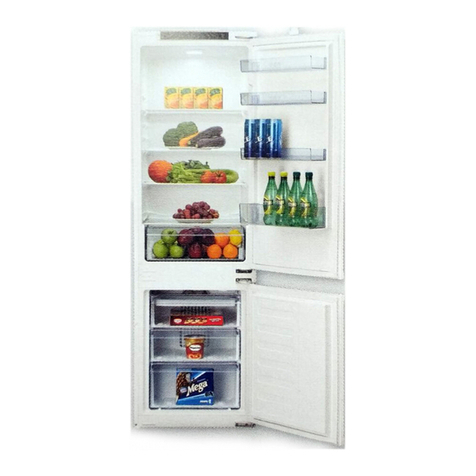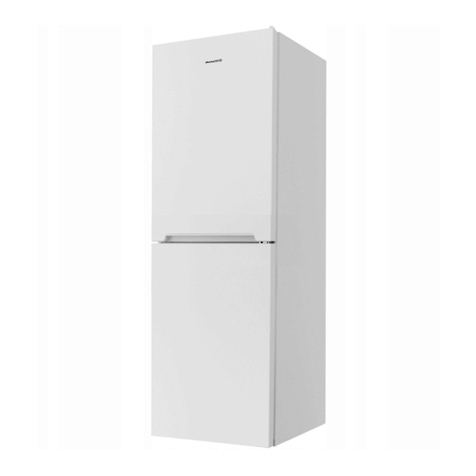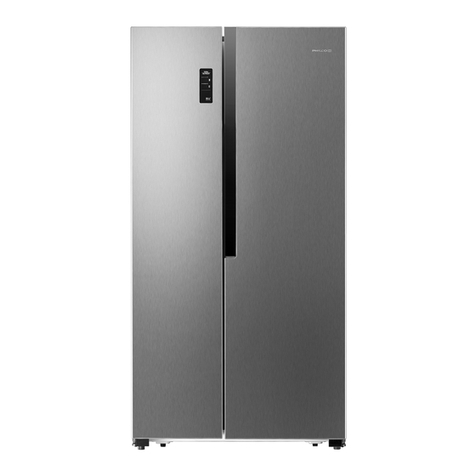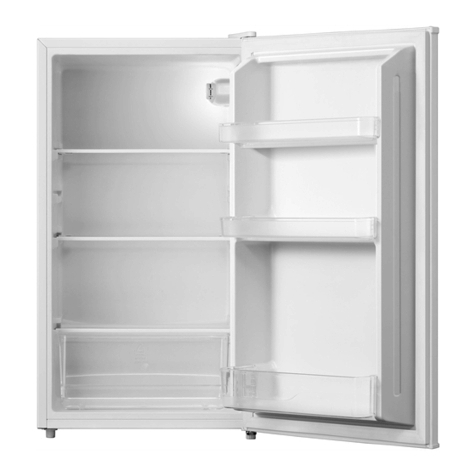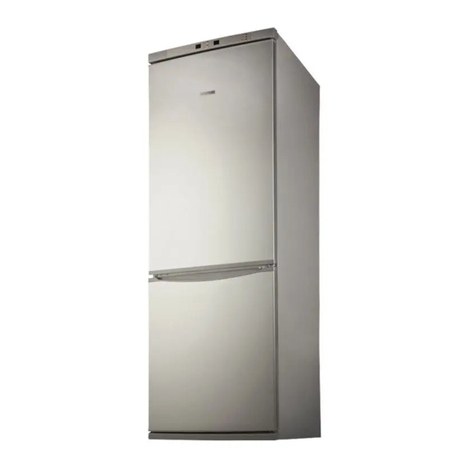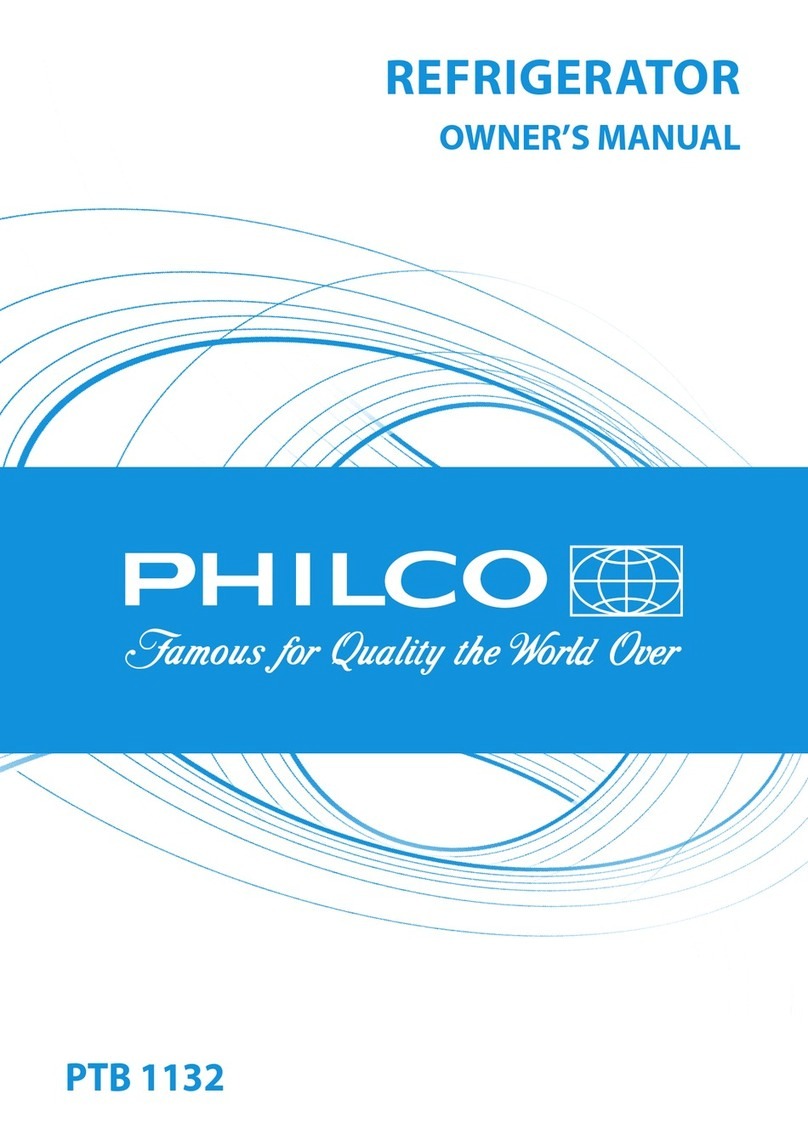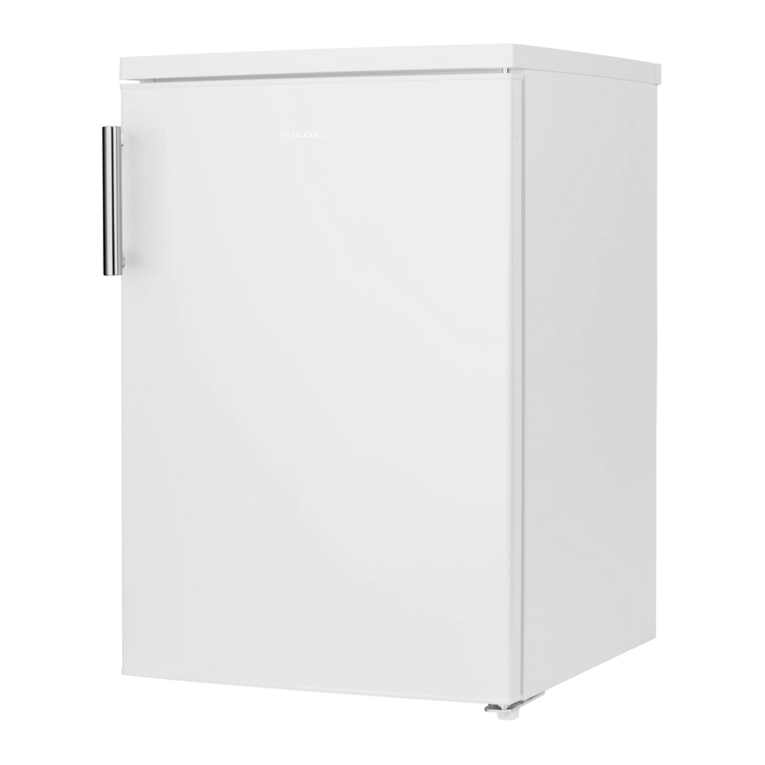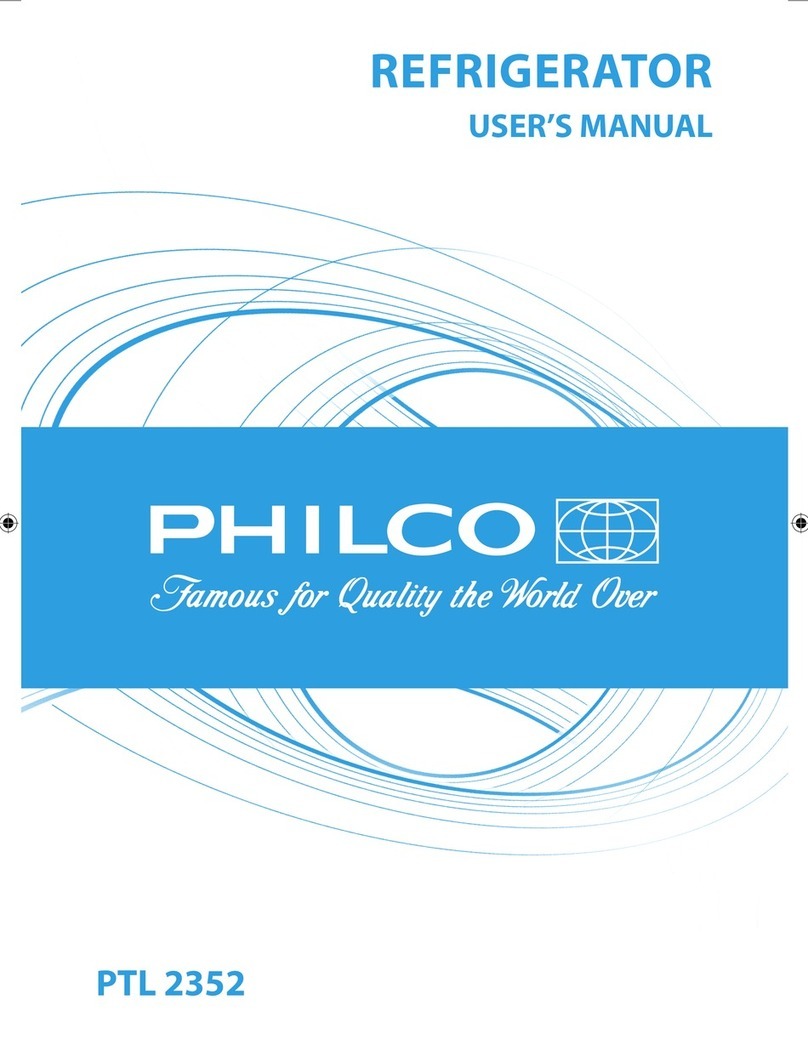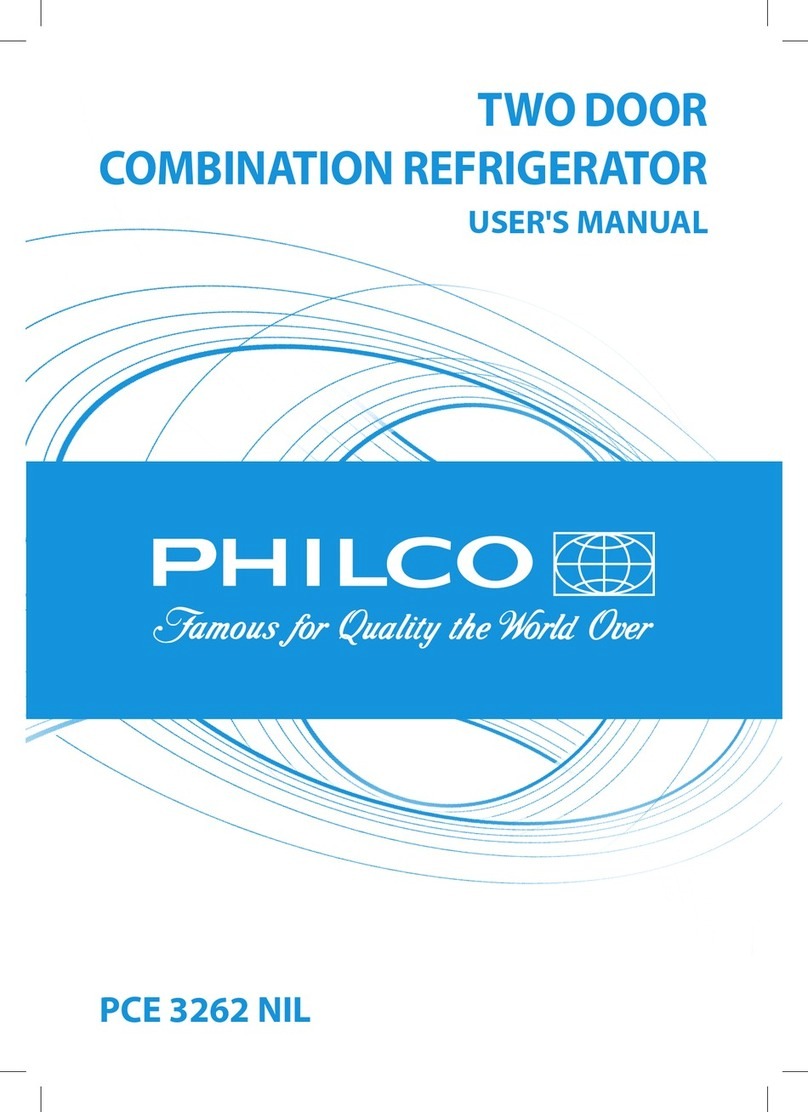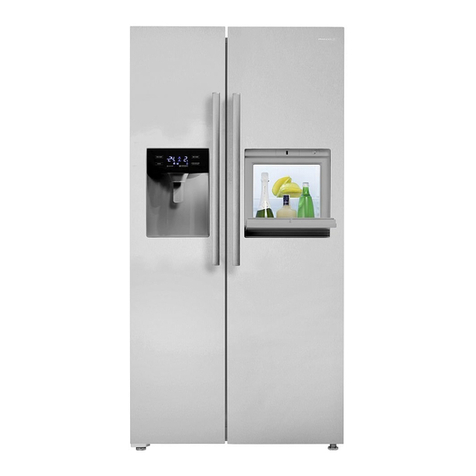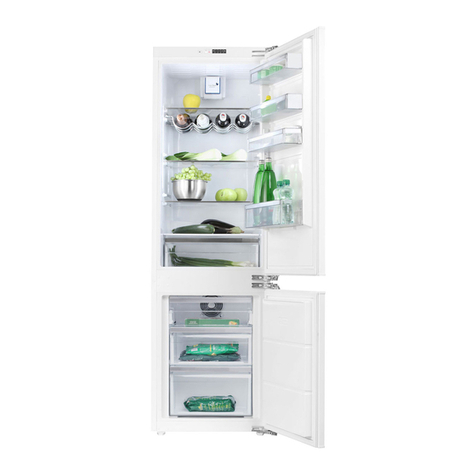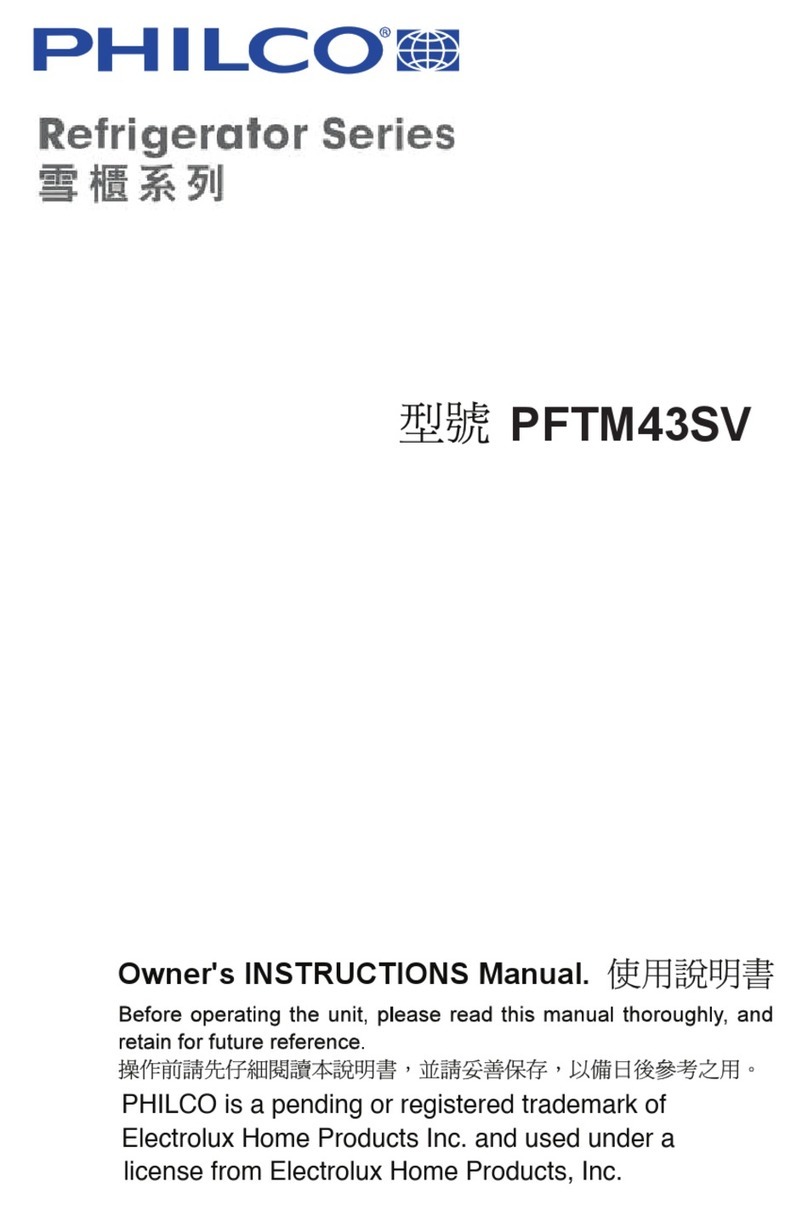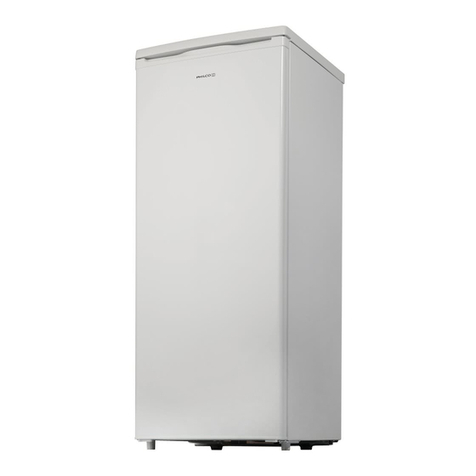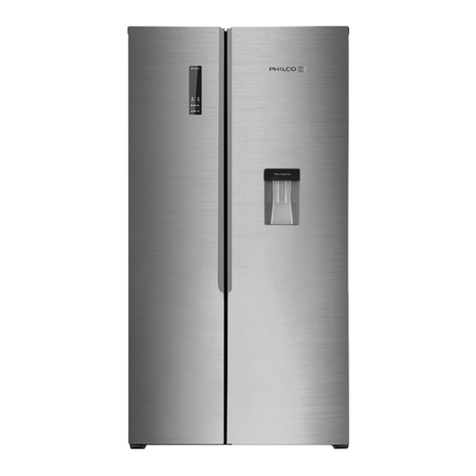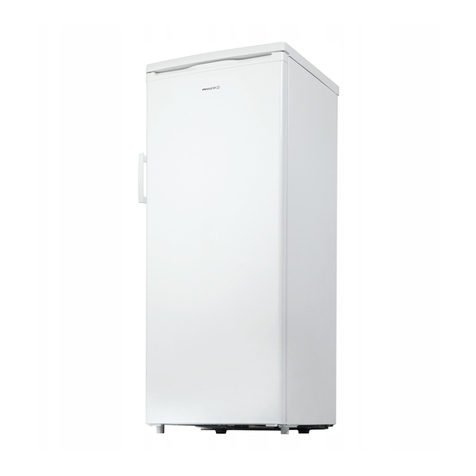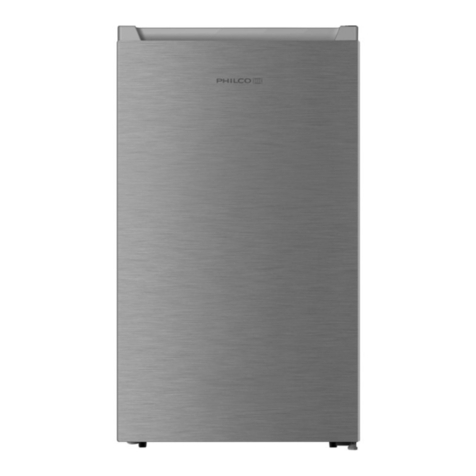
This appliance is in accordance with the following EU guidelines: and and
EN - 2
05/2016
Copyright © 2016, Fast ČR, a. s.
PART 1: SAFETY AND WARNING INFORMATION
2009/125/EC and EC.643/2009 and 2002/96/EC
For your safety and correct usage before installing and rst using the appliance, read this user manual carefully,
including its hints and warnings. To avoid unnecessary mistakes and accidents, it is important to make sure
that all people using the appliance are thoroughly familiar with its operation and safety features. Save these
instructions and be sure that they remain with the appliance if it is moved or sold, so that anyone using it
throughout its life, will be properly informed on its usage and safety notices.
For the safety of life and property, keep the precautions of these user’s instructions as the manufacturer is not
responsible for damages caused by omission.
Safety for children and others who are vulnerable people
• This appliance can be used by children aged from 8 years and above and persons with reduced physical,
sensory or mental capabilities or lack of experience and knowledge if they have been given supervision or
instruction concerning use of the appliance in a safe way and understand the hazards involved. Children
shall not play with the appliance. Cleaning and user maintenance shall not be made by children without
supervision.
• Keep all packaging away from children as there is risk of suocation.
• If you are discarding the appliance, pull the plug out of the socket, cut the connection cable (as close to the
appliance as you can) and remove the door to prevent children playing from suering an electric shock or
from closing themselves inside it.
• If this appliance, featuring a magnetic door seals, is to replace an older appliance having a spring lock
(latch) on the door or lid, be sure to make the spring lock unusable before you discard the old appliance.
This will prevent it from becoming a death trap for a child.
General safety
WARNING!
This appliance is intended to be used in household and similar applications such as
- sta kitchen areas in shops, oces and other working environments;
- farm houses and by clients in hotels, motels and other residential type environments;
- bed and breakfast type environments;
- catering and similar non-retail applications
• WARNING — Do not store explosive substances such as aerosol cans with a ammable propellant in this
appliance.
• WARNING — If the supply cord is damaged, it must be replaced by the manufacturer, its service agent or
similarly qualied persons in order to avoid a hazard.
• WARNING — Keep ventilation openings, in the appliance enclosure or in the built-in structure, clear of
obstruction.
• WARNING — Do not use mechanical devices or other means to accelerate the defrosting process, other
than those recommended by the manufacturer.
• WARNING — Do not damage the refrigerant circuit.
2014/35/EU 2014/30/EU
